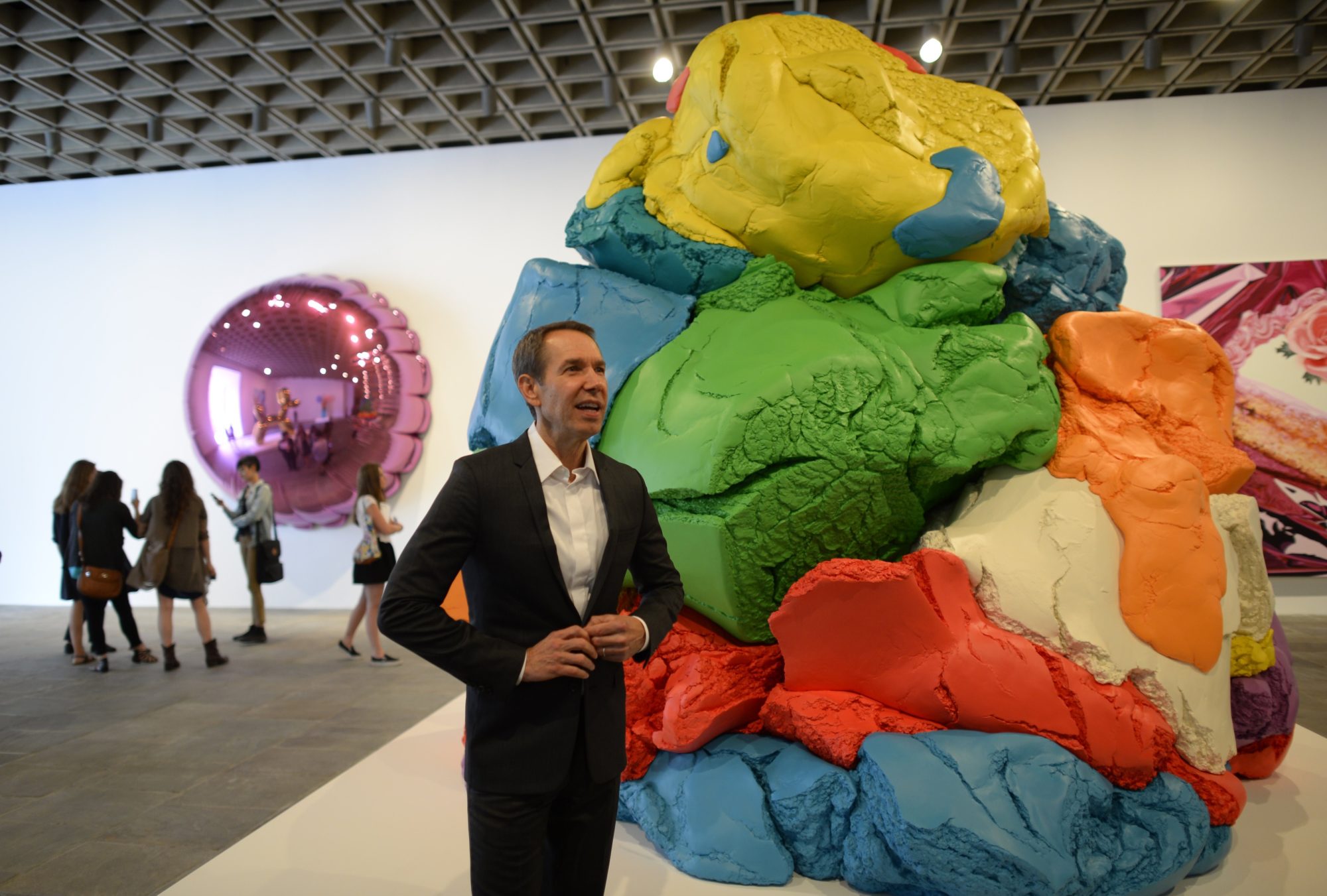
Every year, thousands of art school graduates across the globe embark on their careers in the hopes of becoming professional artists. With the influx of new talent, older generations inevitably make way. But why are some artists remembered and revered, while others remain forgotten? And what factors influence the longevity of an artist’s career and legacy?
“When you want to spot an early artist coming out of school or just start[ing] to work with a renowned gallery, we look at something that excites us, and the only way that that can excite us is by an artist doing something new, that we haven’t seen before,” art advisor and director of the Blenheim Art Foundation Michael Frahm told Bloomberg in a TV interview. “It’s a combination of a few factors. How important are these artists going to be down the line in art history? How big of a role are they going to play?”
Agnes Martin, Untiled 15 (1988). Courtesy Museum of Fine Arts, Boston.
Factors such as talent and zeitgeist, as well as market, institutional, and scholarly support (along with a bit of luck), all determine the longevity and historical significance of an artist.
With the correct guidance of an astute gallerist and, posthumously, a well-managed estate, an artist’s work can live on for generations. Take Roy Lichtenstein, for example, whose success was due, in part, to the careful management of his indefatigable dealer Leo Castelli and the Lichtenstein foundation’s subsequent promotion of the artist’s legacy.
Though galleries and artists tend to downplay the market’s influence, the reality of the contemporary art world suggests that market acceptance is crucial. In the 20th century, an artist’s career could be made or broken by a handful of powerful critics; but in the 21st century, the power has shifted towards a handful of powerful collectors.
As such, it is harder for an artist to achieve long-term relevance without a significant demand from private and public collectors and recirculation in high-profile auction sales.
Vincent van Gogh Self Portrait (1889). Photo: Wikimedia Commons.
Similarly, institutional support, and the integration and conservation of key works into important museum collections, also matter in supporting an artist’s career. For example, a major exhibition on the ZERO group at the Guggenheim in 2014 brought the 1960s movement back into the fold after it had faded into obscurity.
Additionally, scholarly support and the contextualization of an artist’s oeuvre within the annals of art history, is tantamount. Positive reviews from critics and other intellectual gatekeepers reinforce an artist’s importance in ways that the market cannot. Critics Clement Greenberg and Harold Rosenberg were the driving forces behind the success of artists like Jackson Pollock, Willem de Kooning, and the artists of the Abstract Expressionist movement.
Finally, there’s luck. More often than not, being in the right place, or making the right artwork at the right time can help an artist cross the threshold between stardom and obscurity. But the fallout can be severe. Just ask the Zombie Formalists.